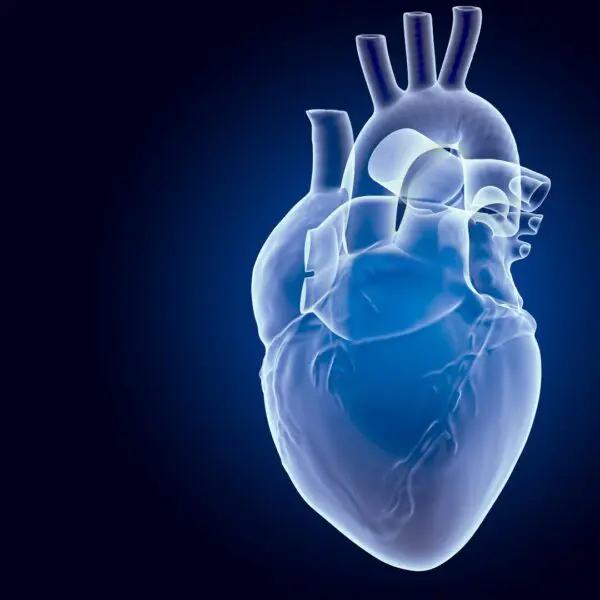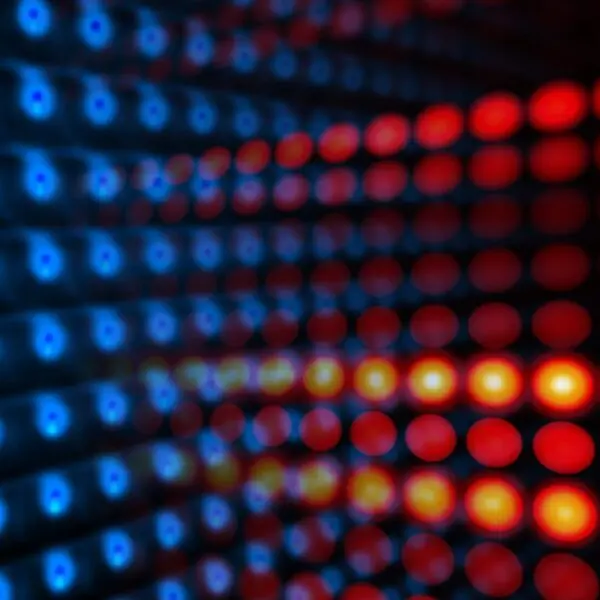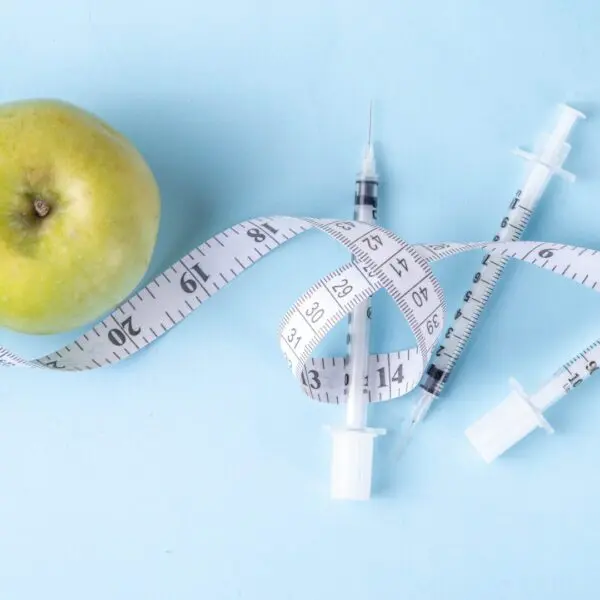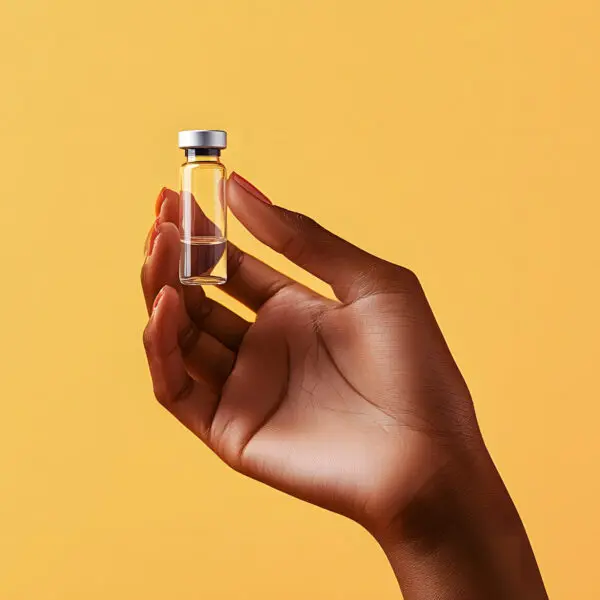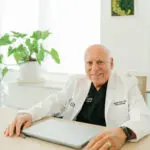Phosphatidylcholine (PC) is a significant component of cell membranes and an essential phospholipid found in all cells, playing a central role in cellular biology and human health. Its contributions to cell membrane structure, choline synthesis, and various physiological processes make it a vital body component. Because of this PC has been shown to play a critical role in overall health and disease. One area in particular where PC shows enormous promise in terms of regenerative medicine and increasing your longevity is in plaque removal from your arteries.
In the context of plaque removal, phosphatidylcholine is often referred to by scientists as the “Miracle Molecule” because of its emerging as a potential treatment to remove plaque buildup in arteries, a condition known as atherosclerosis. For a little background, plaque on arterial walls comprises fats, collagen, fibrin, mucopolysaccharides, cholesterol, foreign proteins, and other substances found in the environment and diet. This buildup causes the hardening and narrowing of arteries, restricting blood flow. According to the NIH, 50% of all deaths in the western world have atherosclerosis as an underlying condition.
Phosphatidylcholine is believed to help remove plaque through these 5 mechanisms:
1. Binding
Phosphatidylcholine molecules can bind directly to cholesterol and fats within plaque, extracting them from the arterial walls. The choline head group of phosphatidylcholine has an affinity for cholesterol.
2. Emulsification
Phosphatidylcholine has emulsifying properties, meaning it breaks fat-soluble molecules into tiny particles. This allows bound plaque components to detach from arteries as tiny, emulsified droplets. This is what ordinary soap does. We are essentially “washing” our arteries and removing the debris.
3. Micelle formation
Phosphatidylcholine and the substances it extracts can form clusters called micelles. Micelles allow fats and cholesterol to travel dissolved in water-based solutions like blood rather than reforming deposits.
4. Liver excretion
The micelles transport plaque components to the liver, where they are processed and excreted in bile. Phosphatidylcholine enhances this pathway.
5. Cell Integrity
As an integral cell membrane component, phosphatidylcholine may help maintain the integrity of endothelial cells lining artery walls. This could prevent plaque debris from penetrating and adhering to vessel walls.
Through these five mechanisms, intravenous phosphatidylcholine therapy has been shown to gradually eliminate plaque deposits and improve artery flexibility and blood flow in clinical studies. The number of treatments will depend upon the type and severity of the condition we are treating. We have a few different protocols that we can employ.
We are excited about combining phosphatidylcholines with other modalities in VSELs and regenerative cell therapy offered in our state-of-the-art clinic in Boca Raton, Florida.
You might also enjoy these articles by Dr. P:
